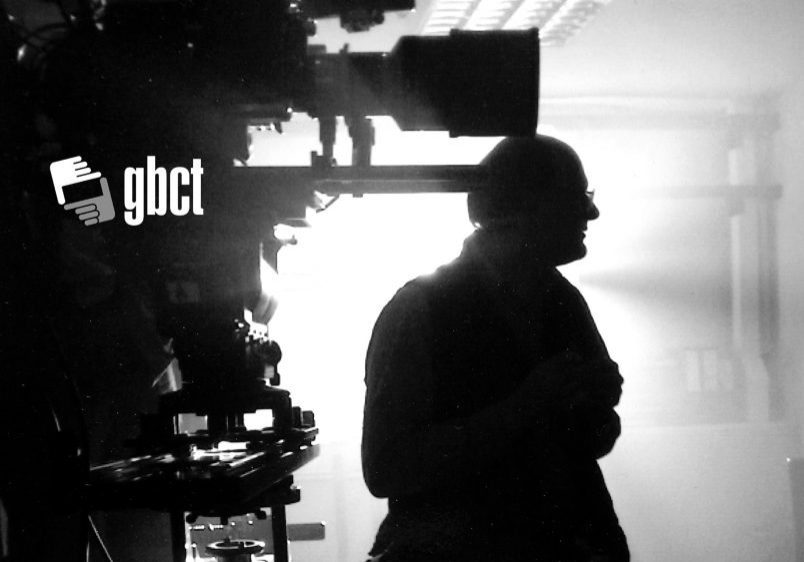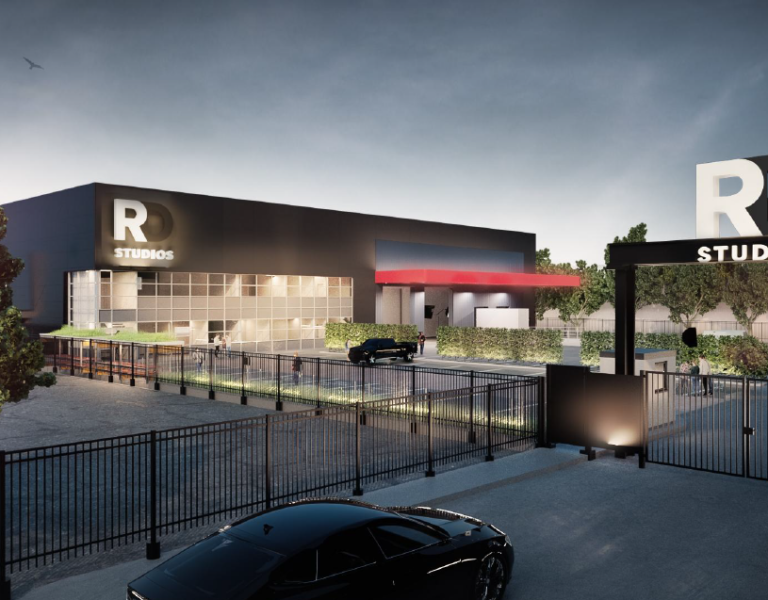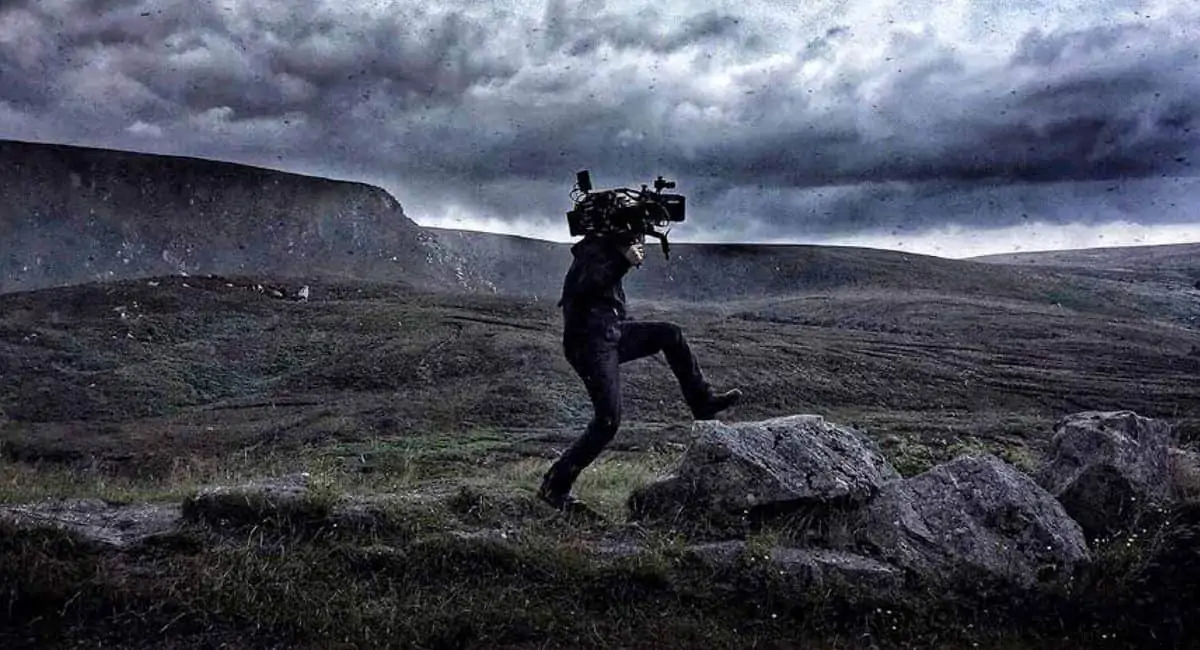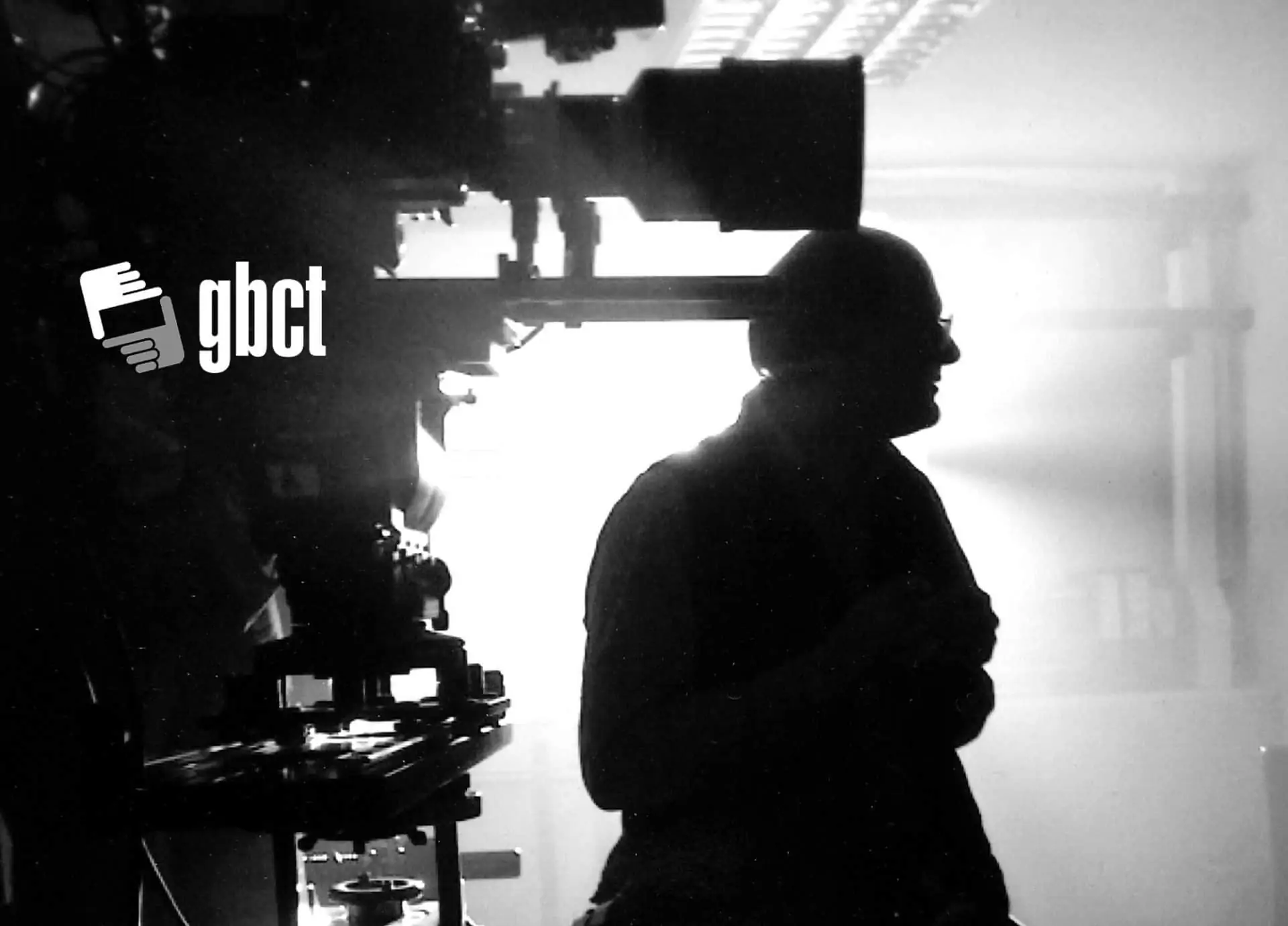A fair camera shake
GBCT News / Tim Potter

A fair camera shake
GBCT News / Tim Potter
I once read a Guardian TV critic commenting that the poor cameraman was once again standing on one leg and trying to drink tea during each shot. I know how he feels.
We are so often asked to “keep it moving”, or “make it edgy and new”. By ‘edgy’ they mean ‘shake it around so the viewer can’t concentrate on the lack of plot, or by ‘new’ they mean ‘what we have been asking you to do for the last thirty years’. So far so typical of the poor thinking of some of our creative minds. So often the instruction ‘make it doco style’ is the excuse for using this shooting mayhem, but if I were to deliver documentary footage that was that shaky I would be fired.
I have heard directors and producers trying to rationalise the wobbly approach with philosophical arguments that transcend credibility, let alone my patience. I am told that it is the ‘breathing camera’. The wobbling is breathing life into the scene and even indicating the presence of the viewer within the action. No, it’s just me with a very heavy weight on my shoulder. Handheld camera work has been legitimately used to indicate the presence of an unseen actor in a scene, but it should only rarely be used as a Brechtian method of giving the viewer that theatrical sight of the inner workings of the filmmaking process. When I hear these spurious arguments, what I actually hear is a desperate attempt to justify the use of handheld cameras in the mistaken belief that it is cheaper.
Many shows have successfully used pacey and sharply executed camera moves to give a dynamic feel to scenes. Many of the America police procedurals are cited as examples of this type of camera work and they are good. The problem arises when this is mistaken for ‘cheap’ un-rehearsed handheld work, when it is actually well thought out ‘free head’ work that is designed to move the viewer quickly through the salient elements of a scene. Our brethren across the pond put in the money and thought to make a classy show. Teams of writers work on tightly-scripted stories that are shot by very experienced crews. As much story is fitted into an American “hour” (42 minutes) as would be used to fill out a British 3 x 60 minute mini-series. The dynamic camerawork is a necessity to get across so much information in so short a time.
“Scandi-Noir” may have sent the emphasis towards stiller, more considered camerawork, but it has also sent the storytelling in the direction of filling out the air-time.
The real motives for this pressure on camera folk, to shake it about and make it look like mistakes, is lack of budget, lack of well-written scripts and the lack of courage to let the actors tell the story. When you have a good story to tell, it will tell itself.
Let the camera serve the story, not cover it over with unnecessary movement. Hand-held camerawork has its place and can be appropriate for certain elements of a story. It is not a panacea for cash strapped, ideas-poor productions.
Tim Potter
Chair
GBCT










